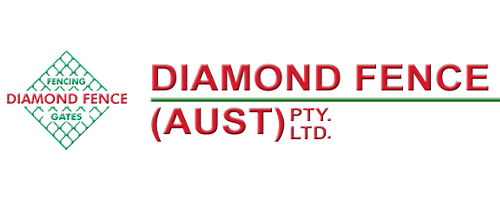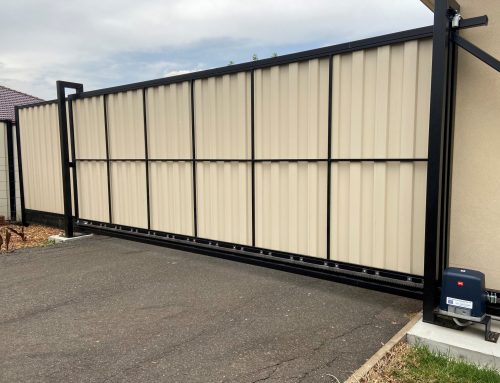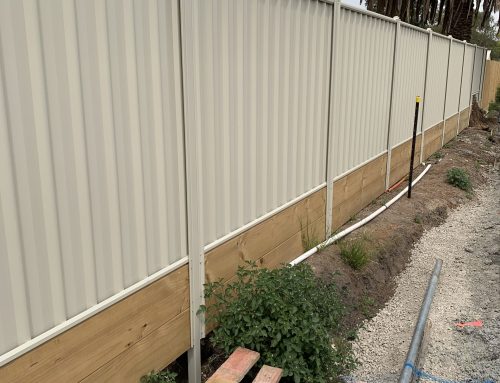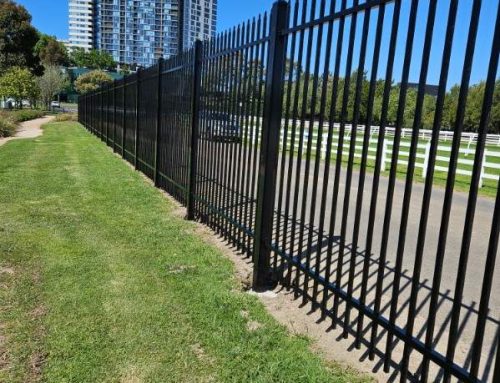Characteristics Of Welded Mesh Panels
Everyone and everything has most likely many faces or personalities, and fencing is not an exception. Today we’ll focus on welded mesh panels and its many faces. Do welded mesh panels find a good usage only in welded mesh fencing or we can use welded mesh panels in some other ways. Let’s find out.
Welded mesh has many names like a welded mesh, welded wire mesh, welded wire fabric or weldmesh. What exactly is welded mesh? Good question! Welded mesh, or a wire mesh, consists of intertwined wires where intersections are welded together at regular intervals with equal gapping.
Welded wire mesh looks like a metal wire screen and is available in various sizes and shapes. Here are some places or ways you can use welded wire mesh (welded mesh panels) for:
1) In agricultural, horticultural & food procuring sector
2) In industrial sector
3) In mining sector
4) In gardening
5) For a machine protection
6) For decorations
7) Of course for our beloved welded mesh fencing
8) For dog kennels
Either if it’s for industrial, commercial or residential purpose, you can differentiate welded mesh by many factors. For example the material used, wire spacing, wire diameter or the edge conditions.
When it comes to welded mesh material, the plain steel (plain carbon steel), stainless steel or pre-galvanized steel are the most common materials used for welded mesh.
A plain carbon steel is a metal alloy that consists of iron and carbon. Some other elements like silicon, manganese and copper are present, but in small quantities. Steel that has a low carbon content has similar properties like iron, meaning it’s soft and can be easily formed. And you can differentiate carbon steel by the amount of the carbon in the metal alloy: mild (low) carbon steel, medium carbon steel, high carbon steel and very high carbon steel. If enough carbon is present then the metal alloy can be hardened and with that the strength, wear and impact resistance can be increased.
Stainless steel is a corrosion resistant alloy steel that contains 10.5% or more chromium. This chromium-rich oxide film forms on the surface of the steel. It might be very thin and invisible, but it’s extremely protective against the corrosion. And even if you scratch, cut or damage the steel covered with the chromium-rich oxide film, then the film quickly repairs itself with the presence of oxygen.
Galvanized steel is a steel covered with a thin layer of zinc. Simply meaning the steel goes through a galvanizing process. During this process zinc bonds to the iron in the steel and forms a layer that protects against the corrosion. Do bear in mind that when you scratch galvanized steel deep enough, it can become exposed to corrosion. Unlike stainless steel, the zinc layer on galvanized steel doesn’t repair itself.
Which material to choose? Well, it’s simple actually. How much are you willing to spend? Of course stainless steel is the most expensive option. This is why galvanized steel is widely used material for welded mesh fencing, it’s more wallet-friendly, cheaper.
Now we’ve talked about the material. Is there anything else we should know about welded mesh panels? Measurements. With Diamond Fence, we can make welded mesh fencing exactly with the measurements you want. You just need to know what you want. So here’s a little recommendation. Decide the wire spacing you want or need, meaning know the measurement of opening between two wires; know the wire diameter as that will determine the strength of your welded mesh fence; and know the edge conditions, meaning if you want trimmed or untrimmed mesh.
If you don’t know what measurements you want, but you know that you want welded mesh fencing, or even just welded mesh panels for whatever purposes, then contact us today, and we’ll figure out what wire spacing, wire diameter and what edges would suit your welded mesh fencing project the best.
Give us a call on (03) 9753 4566 , shoot us an email on info@diamondfence.com.au , or just get a FREE online quote.








